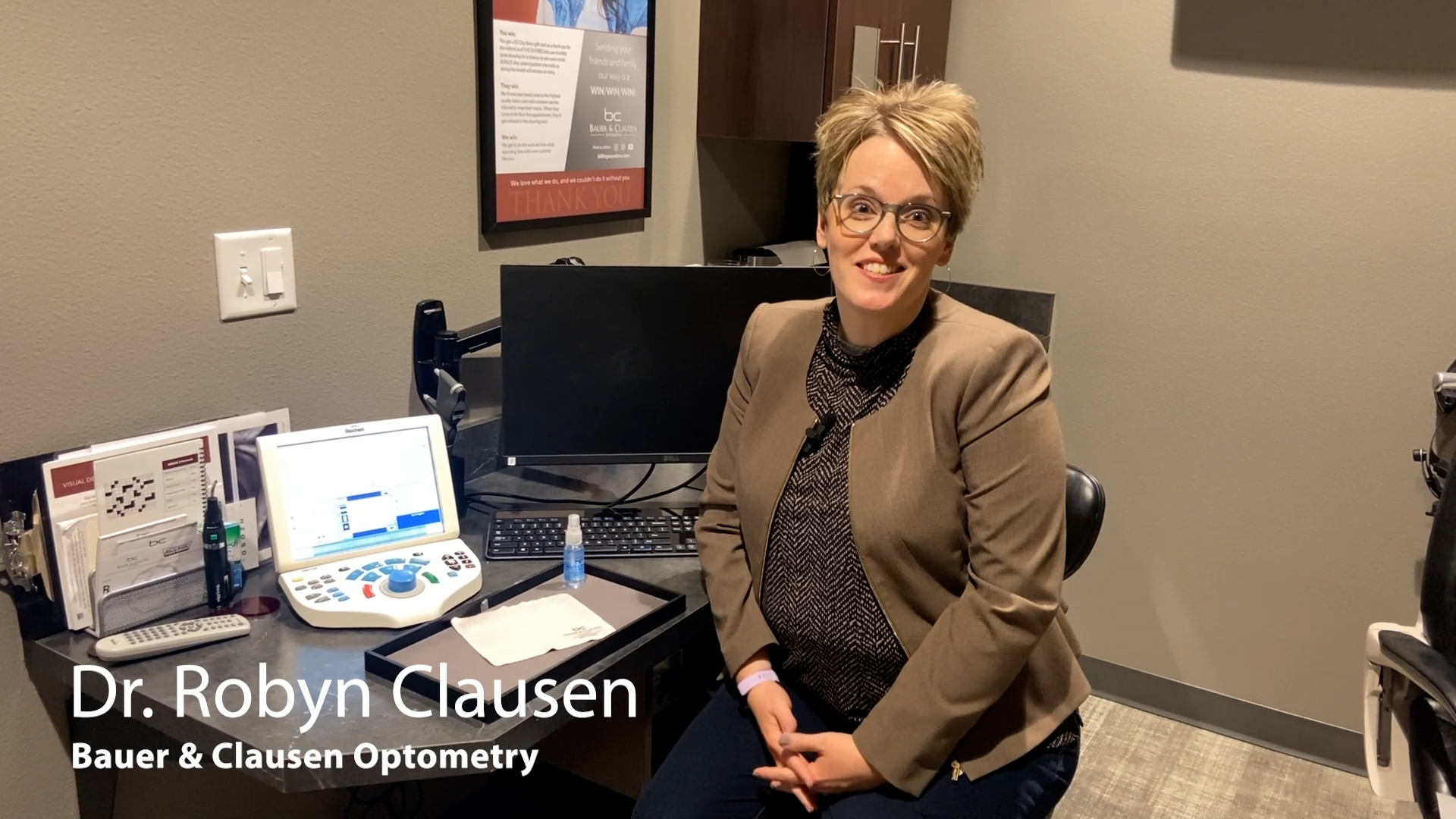Websites For All: A Rebel River Creative Guide to Building ADA-Friendly Sites
by webdev123
May 20, 2025

Your website should be as inclusive as the community you serve. At Rebel River Creative, we believe accessibility isn’t a box to check, but a reflection of your values. From local government portals to healthcare networks, we’ve helped organizations create ADA-friendly websites that everyone can navigate confidently, regardless of ability.
We transform complex digital ecosystems into usable, intuitive interfaces. Our work ensures every visitor, including those with visual, auditory, motor, or cognitive impairments, can find what they need without barriers.
Inclusion drives engagement. Compliance protects your brand. And accessibility done right shows that you care. Let’s make your digital front door open to all.
The lowdown on the ADA
The Americans with Disabilities Act, or ADA for short, is a federal civil rights law that prohibits discrimination against individuals with disabilities. Signed into law in 1990, the ADA protects those with both mental and physical conditions from being denied rights and opportunities available in many areas of public life to those who do not have disabilities.
- ADA compliance is required by law in web content for businesses that operate for more than 20 weeks per year with at least 15 full-time employees, state and local governments and businesses that are open to the public, such as retail stores, medical offices and banks.
- The international standard for building accessible website content is called the Web Content Accessibility Guidelines (WCAG), which by itself does not guarantee full ADA compliance but is a handy guide for websites looking to become ADA-compliant.
Many ADA-compliant websites have a Universal Access Icon located on a bottom corner of the page, which when clicked leads to an accessibility adjustments menu to assist usage for a variety of disabilities. Rebel River Creative assists websites in becoming ADA-compliant and makes it a core function of most website builds; see examples of our work, such as at RiverStone Health and Carbon County, Montana, for ADA compliance in action on a page.
What are WCAG guidelines – and how do I know if I’m ADA-compliant?
The WCAG follows four main principles, as of its latest version (WCAG 2.2): Perceivable, Operable, Understandable and Robust. Following these guidelines, along with following website accessibility requirements under Section 508 of the Rehabilitation Act of 1973, should cover all bases for ADA compliance.
Let’s explore together each of the four main WCAG principles in further detail:
- Perceivable: Content must be presented in ways all users can perceive.
- Operable: Interface elements must be usable with various devices and assistive technologies.
- Understandable: Content navigation must be clear and predictable.
- Robust: Website content must be compatible with current and future assistive technology.
Why is website accessibility important?
Per Census data from 2022, 44.1 million Americans (or 13.4%) of the U.S. civilian population has a disability. Other data estimates that as many as 1 in 4 Americans have a disability.
That’s a lot of eyeballs — and a lot of people who may not be able to navigate your website without proper accessibility features.
In addition to the importance of being legally-compliant, website accessibility means that people of all abilities and perceive, understand, navigate and interact with online content in a seamless, approachable manner.
Websites that follow WCAG guidelines are routinely well-designed for ease of use, with tools available such as screen readers for blind users, keyboard navigation for those with limited motor skills and a variety of optional website profiles, including those that are seizure-safe and ADHD-friendly.
Making an ADA-friendly website for all not only ensures that users of all abilities can navigate your page — and a section of your potential audience isn’t walled off because of it — but your website reach also expands, as those same users can help boost your engagement and potentially increase conversion rates.
Plus, as not all disabilities are visually-apparent and/or easily-recognized, it’s simply the right thing to do to be inclusive and create an equitable digital experience for everyone.
The path to ADA-friendly websites
We take a holistic approach to web accessibility, aligning technical upgrades with user-first design. Our team conducts thorough audits, then implements accessible code, visual cues and screen reader-friendly content that meets WCAG 2.2 standards. Whether you need fixes for keyboard navigation or better contrast ratios, we don’t just patch — we elevate.
If it sounds like a lot to process, don’t sweat it. Rebel River Creative’s team of marketing experts has done it all before for ADA compliance on websites big and small, and we’re here to guide you and make sure that you’re on the right track to building a website that’s accessible to all.
Our team is here to help you get there — and play an active role with you in making the internet a more welcoming place.
To inquire about creating an ADA-friendly website, please reach out to Rebel River Creative at 406-702-1557 or info@rebelrivercreative.com. For additional information on how a website can be ADA-compliant, visit ADA.gov for a list of tips, resources and recommendations.







